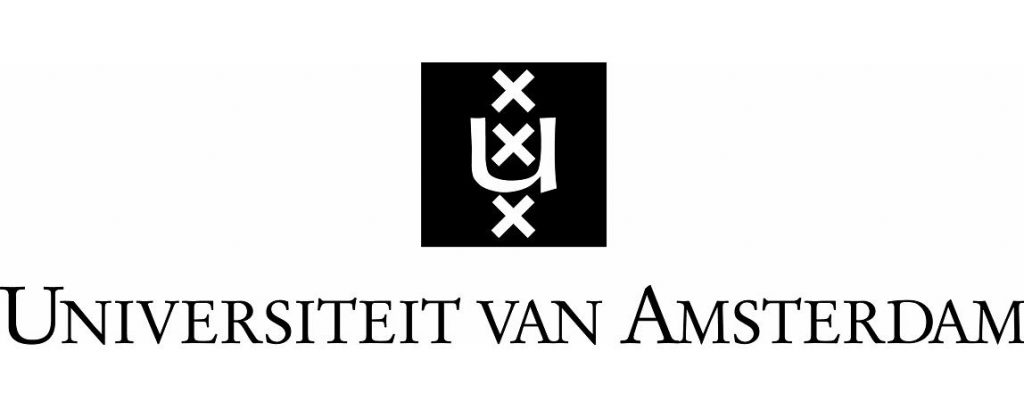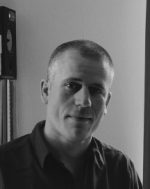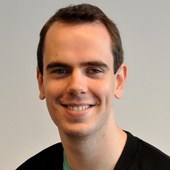Project Background
In recent years, heritage institutions have invested much time and resources into digitizing their collections, and in making them accessible and stimulating various kinds of reuse. Yet despite considerable success, a great deal of access and reuse potential is currently still left unexploited.
One reason for this is the focus so far on (linked) semantic descriptors. Not only do these restrict users to searching collections by way of prior interpretations, they also ignore features that are essential to their experience of heritage objects. One set of characteristics that are insufficiently captured by descriptive metadata are sensory ones, e.g. visual features (such as light and colour, shape, or movement). Another reason is that access to collections has focused primarily on the searchability and retrieval of single items, while lasting heritage experiences, but also innovative research, require methods for explorative browsing that draw on the relations between discrete items and entire collections.
The use of sensory features, combined with possibilities for explorative browsing, would provide a boost to the practice of those users who seek to creatively repurpose collections: artists, the creative industries, but also researchers. The SEMIA project’s objective is to establish how these groups can explore, navigate and repurpose a specific subset of heritage objects – moving images – by using tools for the analysis (software) and visualization (interfaces) of visual features and relations. In doing so, it will make use of two heritage collections: EYE’s Desmet collection (silent films) and Sound and Vision’s NTS/NOS News broadcasts (1956-present).
The Sensory Moving Image Archive: Boosting Creative Reuse for Artistic Practice and Research is funded by the Netherlands Organization for Scientific Research (NWO). It runs from September 2017 to September 2019.
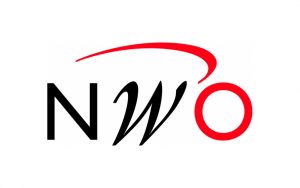
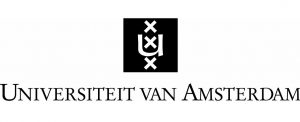

Project Team
University of Amsterdam – Humanities Team
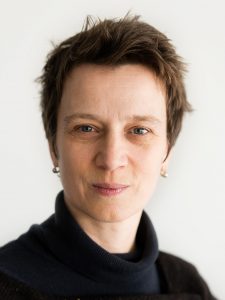
Prof. dr. Giovanna Fossati, SEMIA project leader.
See here for Professor Fossati’s UvA profile page.
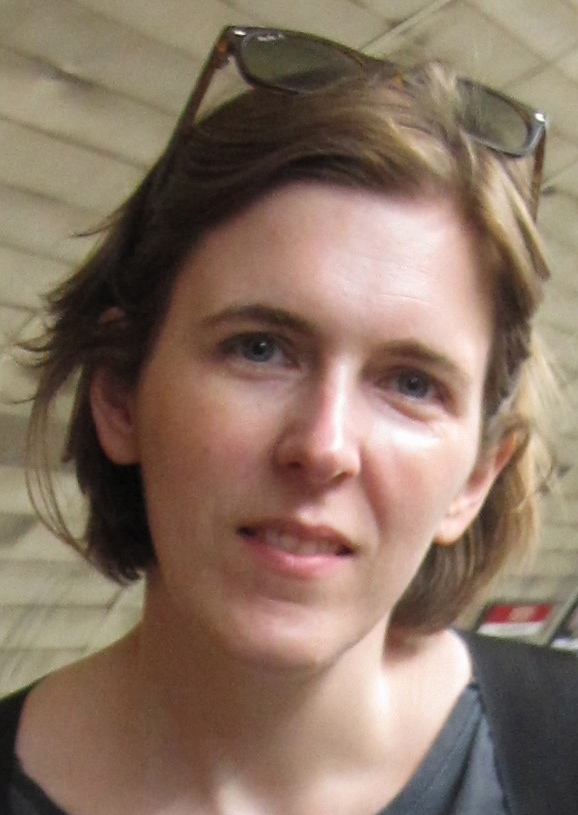
Dr. Eef Masson, senior researcher media studies and work package 1 leader (Media History and Digital Methods).
See here for Dr. Masson’s UvA profile page.
Dr. Christian Olesen, postdoctoral researcher media studies and overall project manager.
See here for Dr. Olesen’s UvA profile page.
University of Amsterdam – Computer Science Team
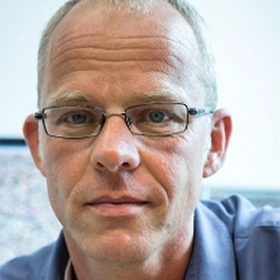
Prof. dr. Marcel Worring, senior researcher computer science and work package 2 leader (Feature Extraction).
See here for Professor Worring’s UvA profile page.
Dr. Nanne van Noord, postdoctoral researcher computer science.
Amsterdam University of Applied Sciences
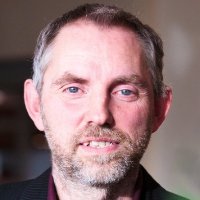
Dr. Harry van Vliet, senior researcher cross-media and work package 3 leader (Visualizations and Interfaces).
See here for Dr. Van Vliet’s Amsterdam University of Applied Sciences’ profile page.
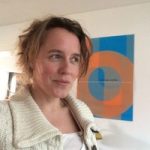
Maaike van Cruchten, lecturer prototyping and interaction design. See here for Maaike’s personal webpage.
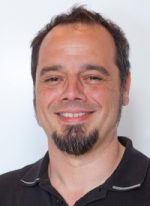
Frank Kloos, lecturer digital media and design. See here for Frank’s Amsterdam University of Applied Sciences’ profile page.
Heritage partners
Netherlands Institute for Sound and Visio
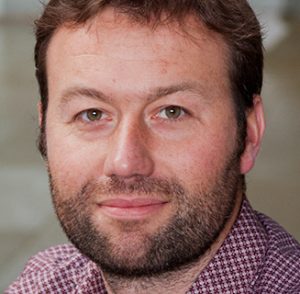
Johan Oomen, manager Knowledge and Innovation
EYE Filmmuseum
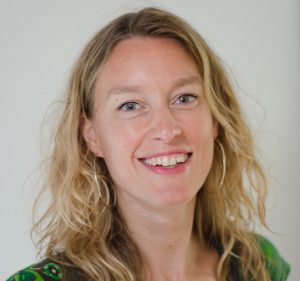
Irene Haan, Head of Digital Presentations
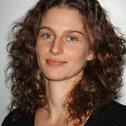
Gerdien Smit, Assistant to the Chief Curator

Ernst van Velzen, Information Manager
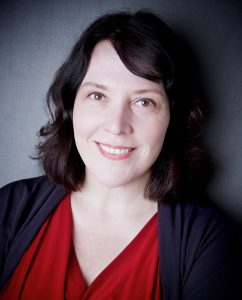
Anne Gant, Head Film Conservation & Digital Access
Creative industry partners
Studio Louter
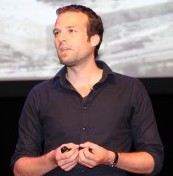
Dr. Sjoerd van der Linde, Consultant. See here for a description of Sjoerd van der Linde’s work profile in the Studio Louter team.
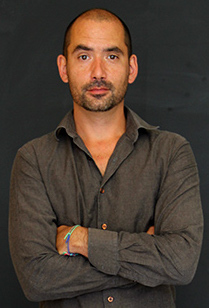
Dirk Bertels, Creative Partner. See here for a description of Dirk Bertel’s work profile in the Studio Louter team.
Partner Institutions
